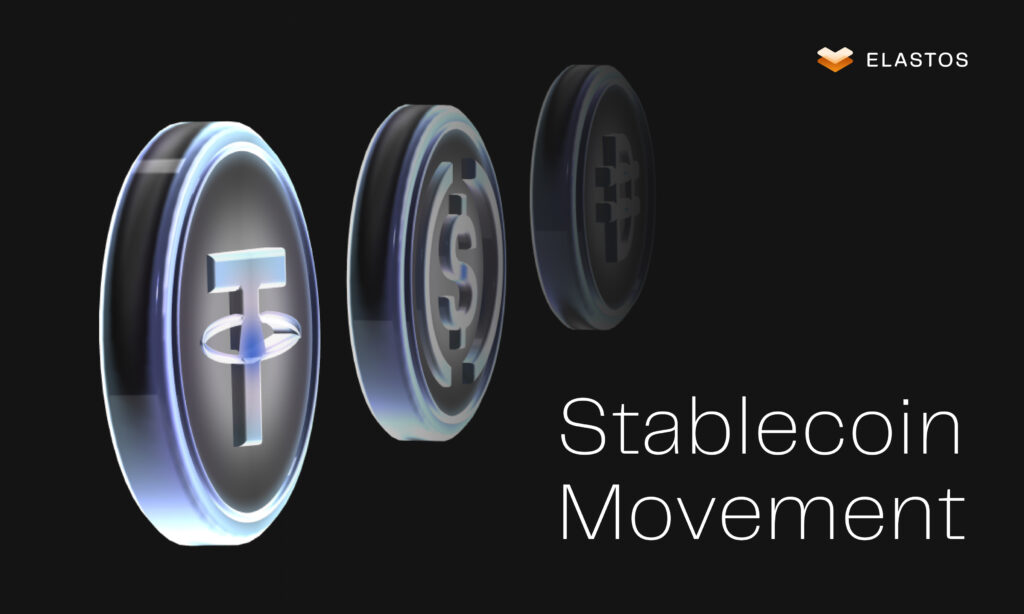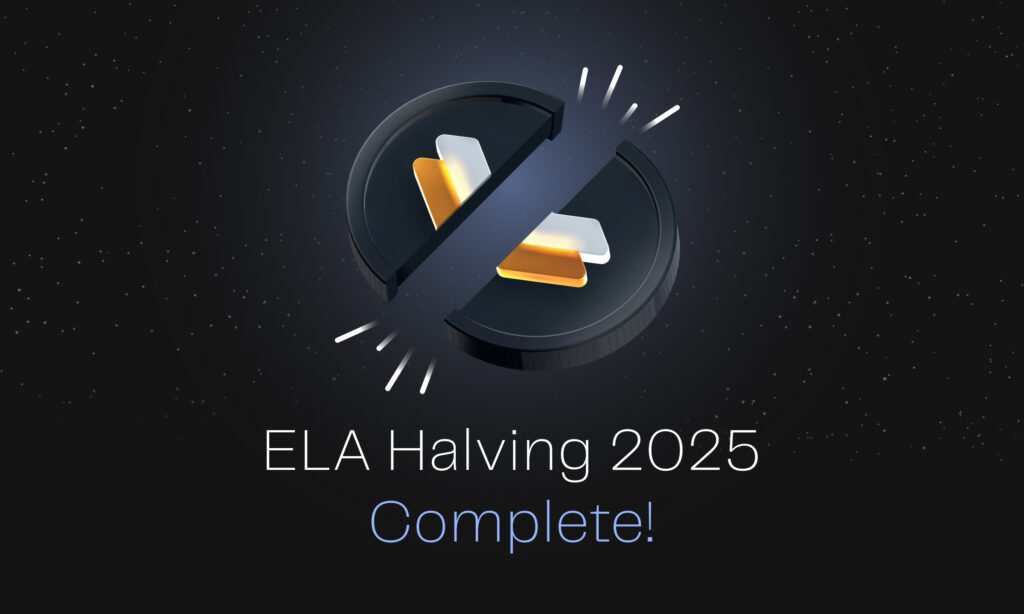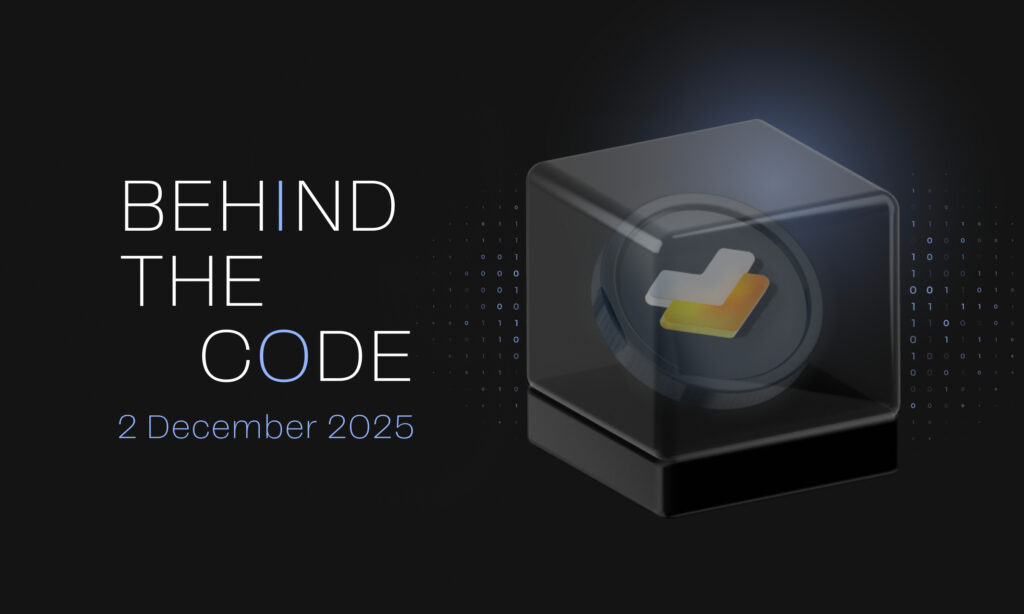Crypto has experienced massive waves in adoption and technology development since Bitcoin’s inception in 2009. Since the king of crypto was born, many wondered what crypto’s “killer app” would be. It’s 2025, and the long-awaited question has been answered. Stablecoins, which are fiat dollar-backed tokens on the blockchain, are the definitive killer use case for crypto. The crypto category of stable coins just reached a record high total market cap of over $250 billion. The floodgates are about to burst open.
We previously covered the pending GENIUS Act bill currently being considered by U.S. Congress. The bill would allow properly backed institutions and companies to mint and circulate digital dollars in their business operations. The Act gives businesses the green light to transact in dollar-backed tokens on the blockchain.
Now that there’s potential for regulations and legislation to be put into place, stable coins and the greater DeFi sector can now spread their wings. Circle recently went public with an IPO and Plasma just sold out out their pre-sale in record time. How are these events going to shape the stablecoin sector moving forward?
Circle IPO
Rumors had been spreading about Ripple and BlackRock getting involved in acquiring Circle, the creator of USDC, the world’s second-largest stablecoin. Circle ended up conducting an IPO that led to an $8 billion valuation. Once the stock went live, it tripled it’s IPO price of $31 and now sits at just over a $25 billion market cap.
Investors and speculators worldwide are aware of the parabolic adoption of fiat-pegged cryptocurrencies. They’re all trying to find a vehicle to get exposure to the burgeoning space. Circle just proved its product is highly in demand in the Traditional Finance space while being a powerhouse in the digital asset sector.
Circle’s IPO power move could lead to an array of other crypto projects taking the same path and putting their ticker on the stock market. There are already rumors that companies like Ripple and Gemini could go public this year or next.
Plasma Sell-Out
Plasma constructed an all-purpose blockchain designed exclusively for stablecoins. Many VCs and people on Crypto Twitter were salivating to get into the pre-sale. The project ended up selling out their tokens in an astounding 5 minutes for a grand total of $500 million. One crypto speculator wanted to get into the Plasma pre-sale so badly, he spent $99,000 in gas to get in!
This lightning pre-sale sell-out is a prime signal that investors and speculators are craving more stablecoin exposure. With legislation potentially about to pass in the United States and the staggering growth of these assets worldwide, there’s clearly going to be a disruption in the Finance/Commerce sector.
The fact that someone can send an exorbitant amount of money halfway across the world for pennies or dollars in seconds or minutes, not days or weeks, is a phenomenon. Remittances, credit cards, and banks are all put on notice. Stablecoins are going to serve as a faster, cheaper, and more trustless method to transact fiat currency domestically and abroad.
Stablecoin Re-evaluation?
As projects like Circle and Plasma see astounding success in their recent sales, many in the field wonder what this means for other stablecoin-related projects in crypto. Projects like Tether, Maker, Aave, Curve, Mantle, Ethena, Maple Finance, and others all have digital dollars circulating in various ecosystems worth billions of dollars.
As investors continue to go down the rabbit hole of dollars on the blockchain, there’s a point in the path where they’re going to get interested in these types of blockchains. While Tether takes up 60+% of the stablecoin supply, other projects are generating hundreds of millions and billions of dollars in issuance.
If Circle can be valued at $25 billion currently, where does that put some of these other projects with burgeoning stablecoins of their own? It’s reasonable to suggest that the Traditional Finance sector will start pricing these other projects at a higher level and will see more exposure overall.
The First Bitcoin-Backed Stablecoin on Elastos
Elastos and New Bretton Woods Labs are positioning themselves to introduce the first-ever Bitcoin-backed stablecoin in the world. Fiat continues to be printed while Bitcoin’s circulating supply remains fixed. The world needs confidence in the currency they transact in. For years, the U.S. Dollar was backed by gold. Now it’s backed by nothing but U.S. debt. Bitcoin is replacing gold as that rock-solid collateral.
This Bitcoin-backed stablecoin flips the script on how the mechanics work. Instead of trusting centralized companies holding fiat reserves, users lock their Bitcoin into smart contracts that mint stablecoins. The system requires more Bitcoin value than the digital dollars issued. This process creates a safety buffer against price swings. Your Bitcoin stays on its native blockchain the entire time, so no custodial risk.
This eliminates the biggest weakness in today’s stablecoin game: trusting centralized issuers with billions of dollars. Users keep true ownership of their Bitcoin while getting access to stable currency utility. It’s a self-sovereign monetary system where nobody can freeze, seize, or devalue your backing asset.
Conclusion
The stablecoin race is heating up fast. Circle’s $25 billion market cap and Plasma’s 5-minute $500 million sell-out show that money is flooding into this space. The GENIUS Act could be the final catalyst that opens the floodgates for mainstream stablecoin adoption in business.
Elastos’ Bitcoin-backed stablecoins are about to shake things up even more. When you can get stable currency utility without trusting centralized issuers, that changes the game completely. Traditional finance better pay attention and realize that stablecoins aren’t just crypto anymore. They’re becoming the new rails for global money movement.








